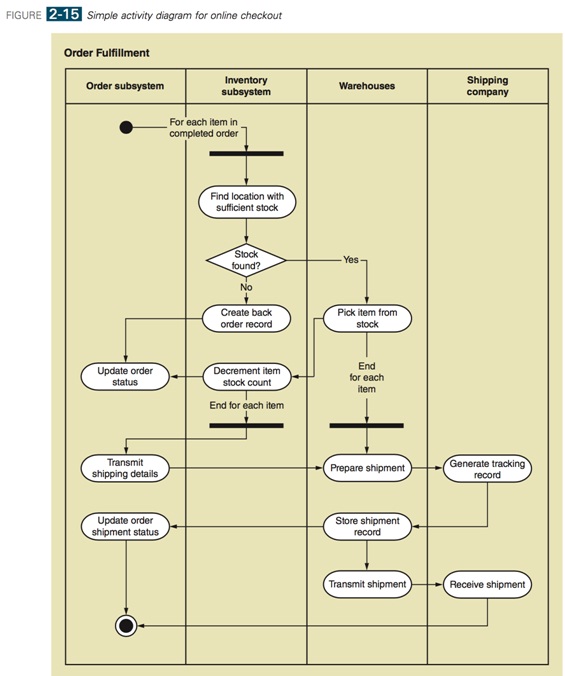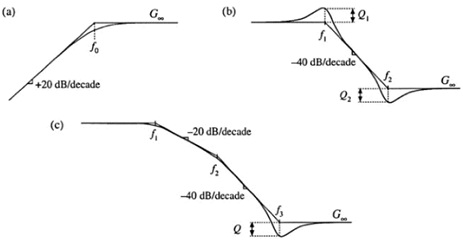Reference no: EM131274797
Question 1. An ideal boost converter operates in the continuous conduction mode.
(a) Determine the nonlinear averaged equations of this converter.
(b) Now construct a small-signal ac model. Let
(vg(t))Ts = Vg + V^g(t)
d(t)= D + d^(t)
(i(t))Ts = V + v(t)
where Vg, D, I, and V are steady-state dc values: V^g(t) and d^(t) are small ac variations in the power and control inputs: i^(t) and v^(t) are the resulting small ac variations in he inductor current and output voltage, respectively. Show that the following model results:
Large-signal dc components
O = -D'V + Vg
O = -D'I -V/R
Small-signal ac components
Ldi^(t)/dt = -D'v^(t) + Vd^(t) + V^g(t)
Cdv^(t)/dt = -D'i^(t) - id^(t) -V^(t)/R
2. Consider the Cuk converter shown in Fig 1

Fig 1 Cuk Converter
a) Derive the small-signal dynamic equations that model the ideal Cuk converter.
b) Construct a complete small-signal equivalent circuit model for the converter
3. Express the gains represented by the asymptotes of Fig.2 (a) to (c) in factored pole- zero form. You may assume that all poles and zeros have negative real parts.

Fig. 2 Gain asymptotes
Q.4. Plot the Bode magnitude and phase for the system with transfer function
G(s) = 2000(s + 0.5)/s(s+10)(s+50)
Q5. a) Derive the small-signal dynamic equations that model the inverse Sepic converter shown in Fig. 3.

Figure 3 Inverse Sepic Converter
b) Construct a complete small-signal equivalent circuit model for the inverse-SEPIC.